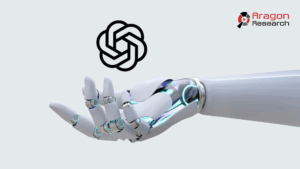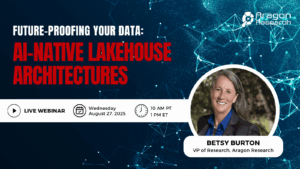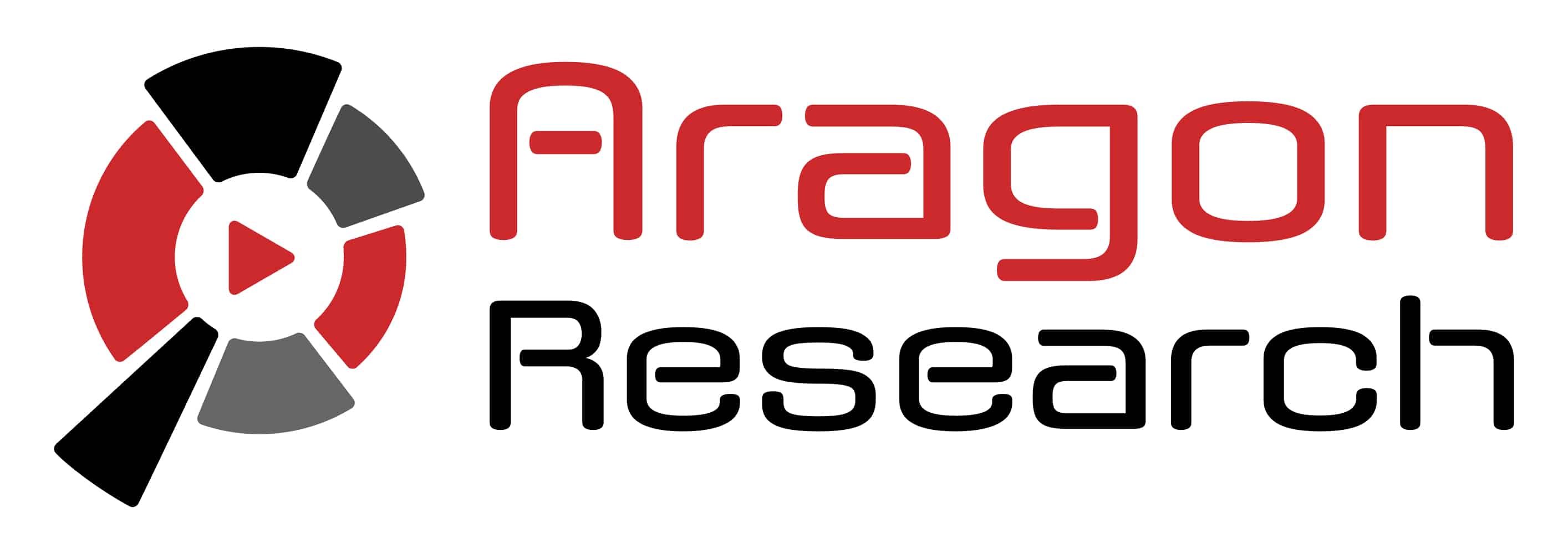The Race to AGI: Why OpenAI’s GPT-5 Portfolio is its Boldest Move Yet

The Race to AGI: Why OpenAI’s GPT-5 Portfolio is its Boldest Move Yet
The world of AI never stands still, but some moments create larger waves than others. We are in the middle of one of those moments. After months of speculation, OpenAI has officially launched GPT-5, its next-generation large language model, making it available to all ChatGPT users. This isn’t just another incremental update; it’s a strategic repositioning that will have significant ripple effects across the technology landscape.
This blog overviews the OpenAI GPT-5 announcement and offers our analysis of what it means for the market and for enterprises.
Why Did OpenAI Announce a Family of GPT-5 Models?
OpenAI’s announcement on Thursday, August 7, 2025, was not about a single model but an entire portfolio. The company is segmenting its offerings to address different use cases and price points. The new lineup includes GPT-5, a more capable GPT-5-pro, and a GPT-5-thinking model designed for complex, long-running tasks. At the lower end, OpenAI introduced GPT-5-mini and the even more cost-effective GPT-5-nano, which is available only via the API.
According to CEO Sam Altman, GPT-5 is a “significant step along the path to AGI,” delivering PhD-level expertise with higher accuracy and a lower rate of hallucination. The technical specifications support these claims, with a 256,000-token context window and significant improvements on coding benchmarks like SWE-Bench. The pricing model is explicitly designed to compete aggressively. GPT-5-nano, for example, is priced at $0.05 per 1 million input tokens, undercutting popular low-cost models from competitors. Further extending its reach, OpenAI is also rolling out integration with Google Workspace apps, allowing ChatGPT to access a user’s Gmail, Calendar, and Contacts to provide contextual answers.
Analysis: A Strategic Assault on the Entire AI Market
The launch of a full GPT-5 portfolio is a clear signal of OpenAI’s strategic intent: total market coverage. This is no longer a one-size-fits-all approach. By introducing models like GPT-5-nano and GPT-5-mini at highly competitive price points, OpenAI is launching a direct assault on the low-cost, high-volume API market that vendors like Google have targeted with their Flash models. This move commoditizes the lower end of the market, forcing competitors to respond on price.
Simultaneously, the introduction of GPT-5-thinking targets the most sophisticated enterprise needs. The ability to “process a query for longer” is not a trivial feature; it is essential for executing the complex, multi-step agentic workflows that enterprises require for true automation. This model, combined with superior coding abilities and a claimed 65% reduction in hallucinations compared to previous models, directly addresses the primary enterprise barriers to adoption: reliability and complexity.
The integration with Google Workspace is another masterful stroke. It pushes ChatGPT beyond a standalone destination and embeds it directly into daily productivity workflows, a strategy that directly challenges both Microsoft’s Copilot and Google’s own AI integration efforts. OpenAI is signaling that it intends to be the intelligent fabric, not just another application.
Bottom Line
OpenAI’s GPT-5 launch is not just a product release; it is a declaration of its ambition to dominate every segment of the AI market. By unveiling a full portfolio of models, OpenAI is simultaneously commoditizing the low end and pushing the performance boundary at the high end. This multi-pronged strategy puts immense pressure on every other AI provider to refine their value proposition.
For enterprises, this news provides both an opportunity and an imperative. The opportunity lies in leveraging these new, powerful, and varied tools to drive efficiency and innovation. The imperative is to act now—evaluate the models, test the capabilities, and determine where this new generation of AI can deliver the most value for your organization.
UPCOMING WEBINAR

AI Contact Center and the Agentic Era: What You Need to Know
The age of AI is no longer a future concept; we have officially entered the Agentic Era, where intelligent agents are becoming core members of your contact center team. This fundamental shift introduces a powerful new dynamic, with digital and human agents working side-by-side to redefine customer engagement and operational efficiency. In our webinar, Aragon Lead Analyst Jim Lundy will help you understand exactly what you need to know about this transformative period. We will equip you with the actionable insights and strategies you need to prepare your enterprise for this evolution.
Key Trends being covered:
• The current state of Contact Center – and how AI is shaping it
• The Agentic Agent Era and how Contact Centers will leverage it
• Best Practices for gaining a competitive advantage
Register today to ensure your organization is ready to lead the charge in this new era of intelligent customer service.

Future-Proofing Your Data: AI-Native Lakehouse Architectures
As data environments evolve, so too must their underlying architectures. This session investigates how AI-native lakehouse architectures are key to future-proofing your data. We’ll cover why embedding AI capabilities at an architectural level is becoming important for scalable analytics and timely insights, providing a framework for designing a lakehouse that is not just compatible with AI, but inherently designed for it.
- What defines an “AI-native” lakehouse architecture?
- What are the key architectural components of a truly AI-native lakehouse?
- How do AI-native lakehouse architectures contribute to long-term data governance, scalability, and adaptability?

Have a Comment on this?